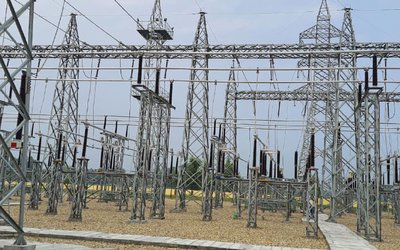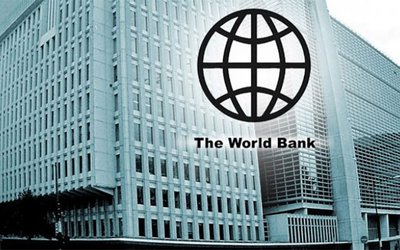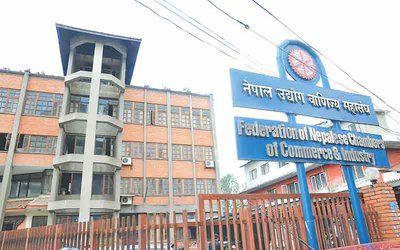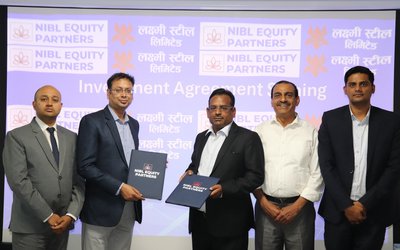
Just a day after a major breakthrough in the construction of 457 MW Upper Tamakosi Hydropower Project, the Tanahun Hydropower Ltd (THL) began negotiations with the joint venture (JV) between Lahmeyer International GmbH Germany and Manitoba Hydro International of Canada to formally appoint the latter as the consultant for the 140-megawatt reservoir-type project.
As Nepal Electricity Authority is the promoter of both the companies, there is a certain hope that these projects will reduce the power cut in the country in the coming days. Since over 70 percent of the construction of civil works at Upper Tamakosi has already completed, supply of 457 MW of power by 2016 and an additional 144 MW from THL by 2020 are likely.
“Following the appointment of the consultant, the process of other contracts, including civil work, electro-mechanical aspects and transmission will begin,” said Sunl Dhungel, managing director of THL.
As the project supervision consultant would be responsible for supporting THL in the areas of preparing tender documents to formally build the project, project administration and design, engineering services, management control and other technical aspects, the negotiation is itself a major breakthrough.
Breakthrough in Upper Tamakoshi
The technicians succeeded to break through the 374 Meter deep (with 4.6 meter dia) Lower Penstock Shaft Tunnel of Upper Tamakoshi Hydro Electric Project with a final blast on January 20, 2015.
At a time when Upper Tamakoshi Project is completing its 70 percent of civil works, it stood as a major progress January 20, 2015.
"At least we succeeded to break through the 374 Meter deep (with 4.6 meter dia) Lower Penstock Shaft Tunnel of Upper Tamakoshi Hydro Electric Project with a final blast today, that is, 20 January 2015," said Bigyan Prasad Shrestha, Project chief of Upper Tamakoshi Hydro Power Project.
"This is one of the critical milestones of the project that will pave the way for the successful completion of the project. Despite several attempts being made, starting from May 2013, finally we achieved a success on this attempt. We appreciate all the efforts made by our team, including the contractor Sino-Hydro and the Consultant JV Norconsult-Lahmeyer," said project chief Shrestha..
As the project also is proceeding towards achieving the target in its work in Transmission Line, laying foundation of over 20 towers, there is a real hope over timely power generation from it.
In midst of the two good news stories for Nepal’s power sector, there is a very bleak scenario as well. Although the project was completed almost four months ago and trial production has already been done, Maikhola Hydro Electrict Project is yet to supply its electricity to the national grid.
At a time when the country has been passing through a severe power crisis, with electricity outages reaching almost 12 hours a day, the national transmission lines are not connected to at least 8 MW of electricity from 22 MW Maikhola Hydro Project.
In the project promoted by Sanima Group, the delay in the construction of transmission lines has affected evacuation of the power generated by Maikhola Hydro Electric Project. As many disputes surfaced in the period of construction of the transmission lines, even other projects are likely to face similar problems like Maikhola.
Former president of Non-Resident Nepalese Association Jiba Lamichhane writes in his face book wall about this grim situation of Nepal’s power sector. Along with the promoter of Maikhola, which is losing money, Nepal is also spending money to export energy, including electricity, from India. “Had there been the transmission line, our project would have contributed to reduce at least one hour of load-shedding,” writes Lamichhane.
After the central region, eastern Nepal has the highest demand of electricity. In that respect, Maikhola’s power is a boon for eastern Nepal. However, this is not the first project to face the situation. Springkhola Hydropower Electric Company is also suffering a similar fate.
Along with the construction of power generation units, there is also the need to accelerate the pace of construction of the Transmission Lines. Otherwise, Nepal’s quest to be free of power cuts may face a big setback.
- IME GROUP: Expands Into Paper Industry
- Mar 24, 2025
- CPN UML: Instigated By India
- Mar 23, 2025
- ADB’S CHIEF ECONOMIST: Nepal Reduces Poverty
- Mar 11, 2025
- FM DR. DEUBA: A Successful Visit
- Mar 11, 2025
- MD GHISING: Target Of Personal Grudge
- Mar 09, 2025















